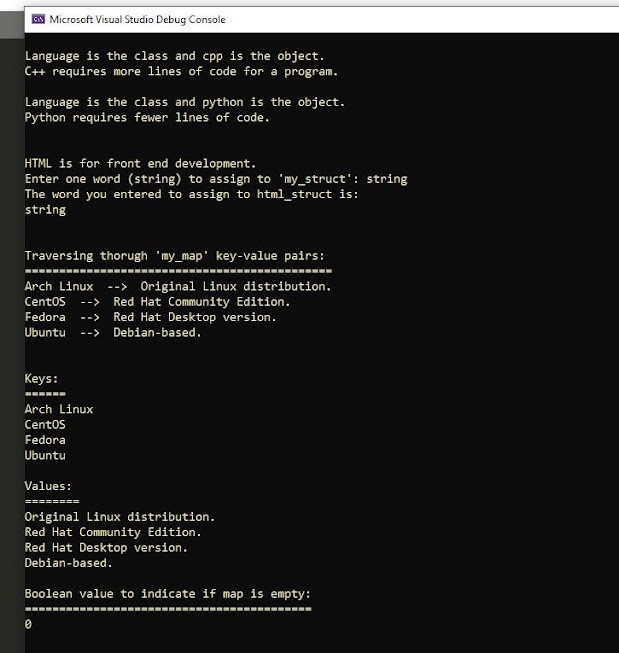Developer's Arsenal: How HashiCorp unites cloud securite and upholds the AWS Well-Architected Framework when implementing Policy as Code using Sentinel One.
This summary highlights the compelling impact of Sentinel One on Infrastructure as Code (IaC) by:
- automating policies
- ensuring seamless adherence to infrastructure requirements (aka AWS Well-Architected Framework)
- significantly slashing response times for developers throughout the code submission process
A use case where logging is enabled, with logs being centrally stored in AWS CloudWatch Logs repository. The AWS Well-Architected Framework's best practice of centralised logging is enforced and is incorporated as part of the Infrastructure as Code (IaC) definition.
In addition, other advantages, including version control and improved documentation capabilities which are crucial for cloud architects/engineers/support to design and maintain well-architected solutions on AWS. The article goes on to address the challenges of scaling infrastructure as code, whilst aiming to align strategies within the confines of the AWS WAF pillars. The key pillars which Sentinel One directly affects are securite, compliance and operational excellence by efficiently creating automated policies and fast response times for developers to determine the effectiveness of their solutions.
Policy as Code also creates a greater opportunity to reduce latency during AWS Well-Architected Review meetings because developers are able to respond in a more agile manner and maintain enforcement of the pillars, ideally showcasing how review meetings, policy as code, and infrastructure as code may provide a more strategic way to run production level use cases.
In conclusion, the practical application of Sentinel within Terraform Enterprise, as outlined by Dadgar, showcases its potential to streamline and enforce policies as code consistently-- a critical aspect of maintaining a well-architected and well-governed cloud environment.



